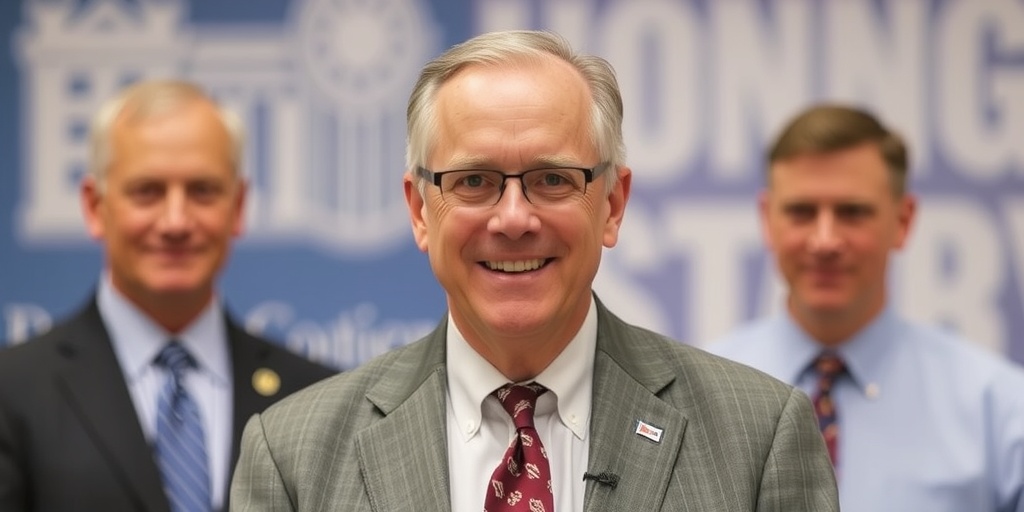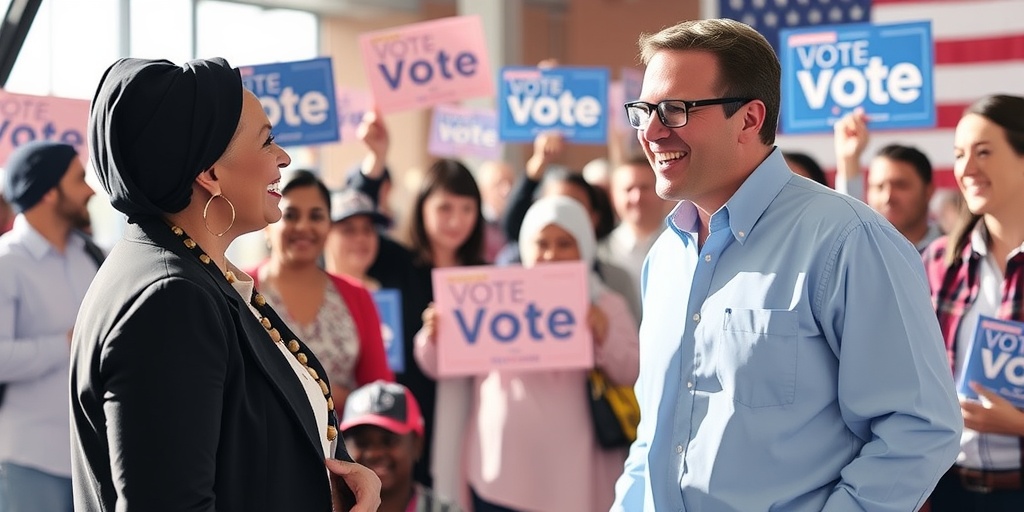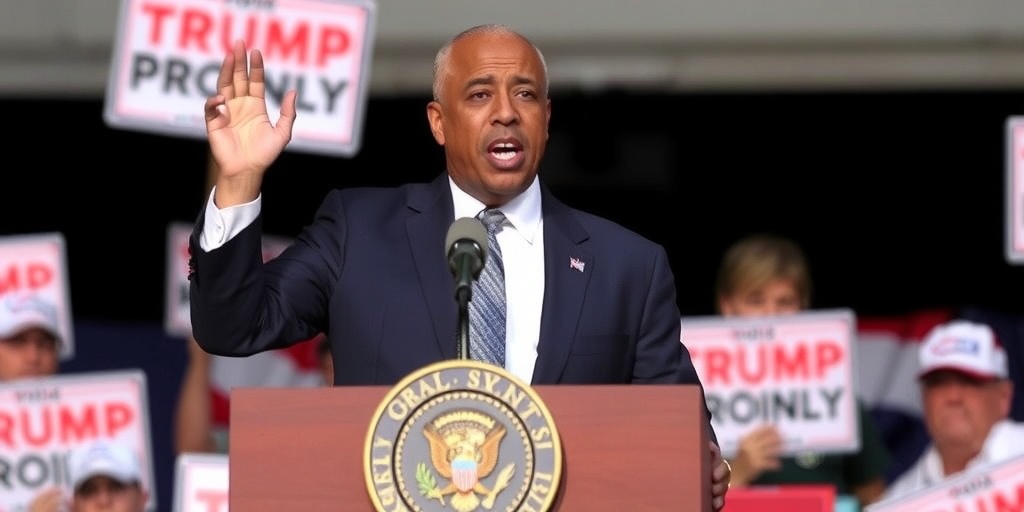Now Reading: Trump’s ‘Return Power to States’ Mantra Spans Schools to FEMA
-
01
Trump’s ‘Return Power to States’ Mantra Spans Schools to FEMA
Trump’s ‘Return Power to States’ Mantra Spans Schools to FEMA

Trump’s Pursuit to Abolish the Education Department: A Move Towards State Control?
Former President Donald Trump’s efforts to shut down the Education Department have been a consistent theme throughout his political career, even if not always at the forefront of his campaign narratives. Trump’s rationale for this drastic idea has remained largely unchanged since 2015. At that time, he asserted, “Move it back to the states.” Fast forward to the closing days of the 2024 presidential race, Trump reiterated this sentiment, announcing to supporters, “Your state is going to control your children’s education.”
History shows that control over education has predominantly resided at the state level. The federal government’s role has mostly been limited to administering college loans and ensuring civil rights protections within educational settings. Despite this, Trump has continued to chant his "back-to-the-states" mantra, recently evident in an executive order signed on March 20, titled “Improving Education Outcomes by Empowering Parents, States, and Communities.”
This pledge to reduce federal oversight aligns with a long-standing approach among conservative politicians who favor a smaller federal presence in favor of localized governance. This approach has transcended education and has become a staple of Trump’s second term agenda—reflecting similar themes concerning issues like abortion, regulatory rollbacks, and tariff increases. Critics, however, argue that states may lack the capacity or resources to successfully assume the oversight functions traditionally held by the federal government, particularly in complex educational matters.
During the 2024 campaign, Trump tactically sidestepped questions about abortion rights by asserting that the decision should rest with individual states, a notably bold statement given that he appointed conservative judges who overturned Roe v. Wade. Moreover, Trump and his aides have suggested the elimination of the Federal Emergency Management Agency, arguing that states could be more efficient in disaster response. This stance dismisses established principles emphasizing the need for a partnership between local, state, and federal entities in disaster management.
Trump has reframed the Education Department as an ineffective entity, often highlighting a troubling trend of declining performance in U.S. students’ math and reading scores. This assertion is a politically beneficial talking point for Trump, as he engages with the growing “parents’ rights” movement within his conservative base, which seeks greater autonomy over educational content and policies.
Nonetheless, the explanation of shifting responsibilities from federal to state jurisdictions raises significant concerns. Many educational functions, including financial aid administration, civil rights enforcement, and research support for students with disabilities, are pivotal roles that the Department of Education has fulfilled since its establishment in 1979. The Trump administration has proposed reallocating some of these responsibilities to other federal agencies, such as shifting student loan functions to the Small Business Administration. Additionally, the proposed elimination of certain research roles within the department has led to staff layoffs and a reduction in oversight.
Republicans not only support Trump’s initiative to dismantle the Education Department but often align with his vision. Figures like Florida Governor Ron DeSantis and Iowa Governor Kim Reynolds have publicly expressed their endorsement for educational decentralization, suggesting it will provide states with the needed flexibility to craft tailored educational experiences for their communities.
Conversely, political pushback has emerged, particularly from Democratic leaders. Massachusetts Governor Maura Healey described Trump’s plans as a “total shell game,” suggesting that the intent is to transfer financial burdens from the federal level to states ill-equipped to face them. Virginia Governor Glenn Youngkin also endorsed Trump’s intentions but has urged state lawmakers to significantly bolster the state’s contingency fund in anticipation of possible economic repercussions stemming from federal job cuts.
The debate surrounding the Trump administration’s education policies can be contextualized within a broader historical framework. Since the 1970s, conservatives have championed a “New Federalism” initiative, aimed at transferring social programs to the states. Critics of such policies argue that this shift often concealed motives to undermine civil rights advancements made during the Civil Rights era, particularly those that empowered Black communities.
While Trump claims the intention behind abolishing the Education Department is to restore power to states, the practical implications of this shift remain ambiguous. States already wield considerable control over educational funding, teacher salaries, and curriculum decisions. Federal law explicitly prohibits federal mandates on curriculum standards and resource allocations, ensuring that educational governance remains within state jurisdiction.
Despite claims of a “massive behemoth” in reference to the Education Department, the reality tells a different story: the department had a workforce of merely 4,133 individuals at the start of 2023, the smallest among federal agencies. Trump has not elucidated how dismantling the federal educational structure would elevate student proficiency or improve educational outcomes overall.
Recent developments within Trump’s administration seem to contradict his stated commitment to state empowerment. Investigations have been launched into state educational systems in California and Maine—states governed by his Democratic critics—aimed at challenging policies protecting transgender students’ rights. This simultaneous action reflects a governance approach that is not entirely in line with empowering states but rather reflects an interventionist stance in contentious social issues.
As Trump continues to advocate for a return of education to the states—a topic of significant resonance among his base—the complexities and challenges surrounding educational governance remain at the forefront of American political discourse. As the landscape evolves, it remains crucial to evaluate how these shifts will influence public education’s effectiveness and equitable access for all students.
Stay Informed With the Latest & Most Important News
Previous Post
Next Post
-
 01New technology breakthrough has everyone talking right now
01New technology breakthrough has everyone talking right now -
 02Unbelievable life hack everyone needs to try today
02Unbelievable life hack everyone needs to try today -
 03Fascinating discovery found buried deep beneath the ocean
03Fascinating discovery found buried deep beneath the ocean -
 04Man invents genius device that solves everyday problems
04Man invents genius device that solves everyday problems -
 05Shocking discovery that changes what we know forever
05Shocking discovery that changes what we know forever -
 06Internet goes wild over celebrity’s unexpected fashion choice
06Internet goes wild over celebrity’s unexpected fashion choice -
 07Rare animal sighting stuns scientists and wildlife lovers
07Rare animal sighting stuns scientists and wildlife lovers





















